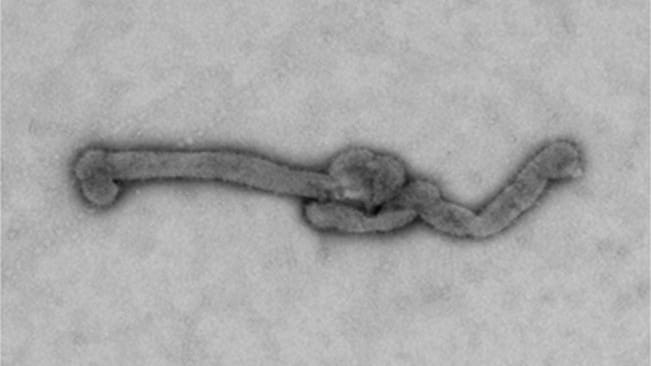Key points
- Bourbon virus disease is a tickborne illness associated with fever, leukopenia, and thrombocytopenia.
- There is no specific treatment for Bourbon virus disease; clinical management is supportive.
- Contact your state or local health department for assistance with diagnostic testing.
- Counsel patients about using personal protective measures to prevent tick bites.

Epidemiology
Bourbon virus is a RNA virus in the genus Thogotovirus (family Orthomyxoviridae) that was discovered in Bourbon County, Kansas in 2014. There have been a limited number of Bourbon virus disease cases identified in the United States. Most patients reported exposure to ticks before becoming ill.
Clinical features
Patients with Bourbon virus disease have reported fever, fatigue, anorexia, nausea, vomiting, and maculopapular rash. They were also found to have thrombocytopenia and leukopenia. Based on the patient’s clinical signs and symptoms, they were thought to have a tickborne disease. Some of the patients found to be infected with Bourbon virus have died during their acute illness.
Diagnosis
Molecular and serologic testing for Bourbon virus infection can be performed at CDC. There are no commercially available tests for Bourbon virus infection in the United States.
Please contact your state or local health department if you have a patient with an acute illness that might be compatible with Bourbon virus disease. They can assist you with determining if samples should be sent to the CDC Arbovirus Diagnostic Laboratory for further testing. Specimens should be submitted to CDC through state health departments. All results will be sent from CDC to the appropriate state health department.
Treatment and prevention
Currently there are no specific medications or therapies for Bourbon virus disease. Supportive therapy is recommended for any patient suspected of having Bourbon virus disease.
Prevention of Bourbon virus infection depends on personal protective measures to decrease exposure to infected ticks. This includes avoiding wooded and bushy areas with high grass in endemic areas, using repellents to discourage tick attachment, and finding and removing ticks before they have a chance to attach. More information about reducing exposure to ticks is available on the CDC Ticks website.
- Kosoy OI, Lambert AJ, Hawkinson DJ, et al. Novel Thogotovirus associated with febrile illness and death, United States, 2014. Emerg Infect Dis. 2015;21(5):760-764. doi: 10.3201/eid2105.150150
- Lambert AJ, Velez JO, Brault AC, et al. Molecular, serological, and in vitro culture-based characterization of Bourbon virus, a newly described human pathogen of the genus Thogotovirus. J Clin Virol. 2015;73:127-132. doi: 10.1016/j.jcv.2015.10.021
